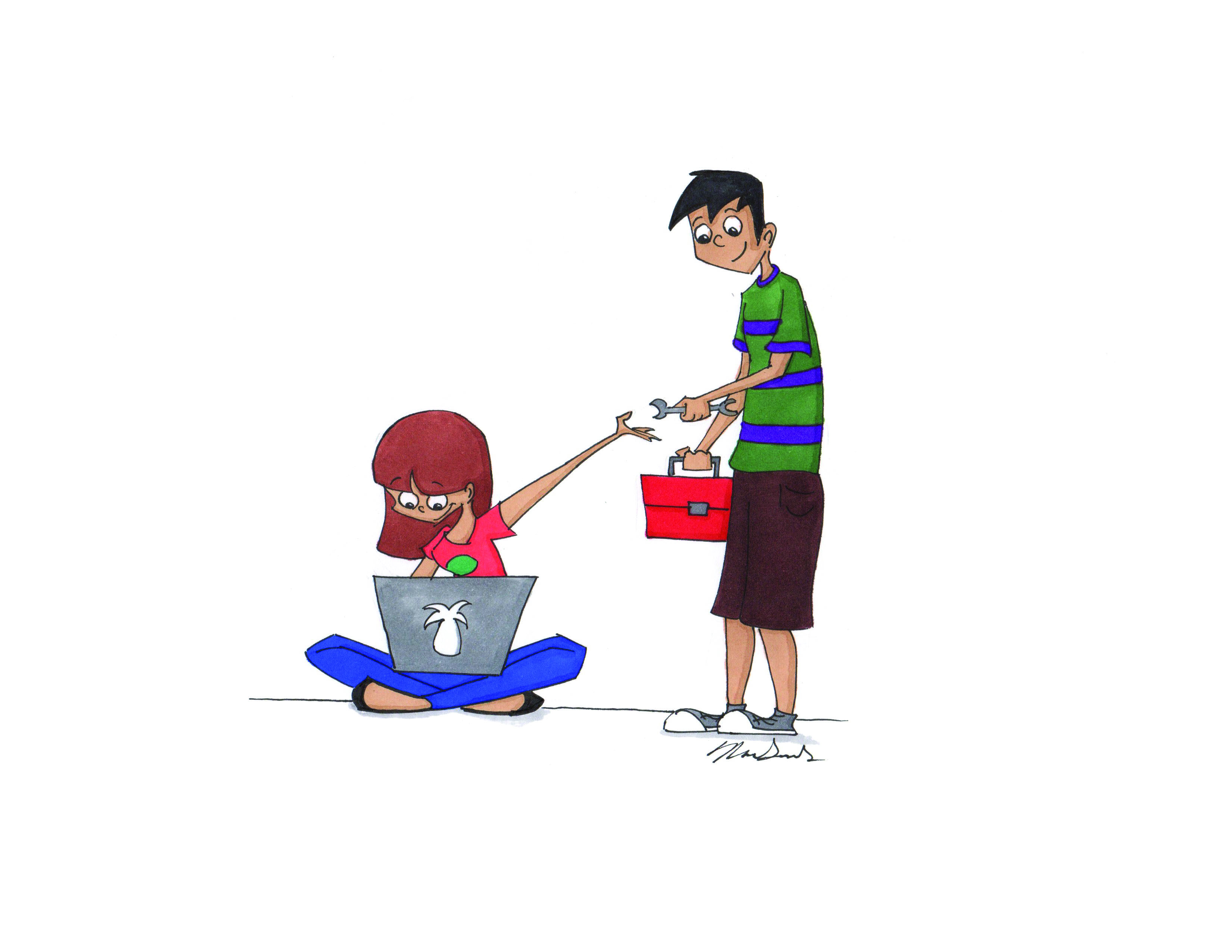In 2003, the discussion boards on MyUCLA were a thriving source of discussion and debate over the U.S. invasion of Iraq. All that remains now are nonsensical posts about genitalia and advertisements for third-party websites.
How did it come to this?
MyUCLA has undoubtedly been one of the most useful tools available to students and teachers since its launch in 1997. It has a great deal of potential ““ it gets 40,000 hits a day, and its purpose is spot-on.
Yet MyUCLA’s usefulness has been buried by an uninspired and outdated layout which does little more than list hundreds of resources. Fortunately, it would be fairly easy to tap into MyUCLA’s potential by streamlining the website in a few basic ways.
The first thing designers ought to do is compile the links that get the most clicks into one area at the top of the page and make the events calendar more visible.
Currently, once students log into the website they are met with two vast columns of links, and the small calendar on the home page disappears altogether.
I have to confess, I’ve never clicked on more than a handful of the links in the sidebar. Some links, like “Role Manager,” just don’t seem very helpful, but more barring is the fact that I have to squint at an unending litany of links.
Page designers should use their own discretion and poll students to create a list of most helpful and frequently used links at the top of the page.
MyUCLA is also available to student groups who wish to advertise their events on the home page’s calendar, but the calendar is poorly placed at the bottom of the home page instead of at the top. Why would groups want to advertise on a calendar no one will see?
Secondly, forums on the site need updating, advertising and moderation. Forums are an excellent opportunity (as they were in 2003) for students to discuss current events that they may not have a chance to talk about in their classes, as well as for student groups to receive and respond to feedback from the community.
One relatively easy way to increase user participation is to put the link to the forum in plain view at the top of the home page. Another way would be for student groups to actively begin posting on their own boards and spreading the word to their members.
Numerous organizations on campus have their very own spot in the forum. If students actually posted on the discussion boards, organizations would be able to respond to valuable input about their projects and goals.
While I’m not a fan of censorship, nonsensical obscenity (as is currently on the site) is damaging to the reputation of our school. It also discourages students who might actually want to have a serious discussion from posting on the boards.
Third, the site could use some technical updating. Like the forums, the chat function is underutilized, even though it could serve as a great way to collaborate on group projects, extend class discussions and simply to socialize with classmates. Some professors even require using the feature for review sessions, which provides students with a convenient way to go over material with their classmates.
If designers incorporated Facebook or Gmail-like chat interfaces directly onto the page to notify users when their classmates are online, this alone would be enough motivation to use MyUCLA’s chat feature. But some students may be dissuaded from using the archaic Java boxes. According to its “How it Works” page, the whole MyUCLA site is still running on a Windows NT server, which came out in 1993. Though the functionality of the site isn’t a big issue, this ancient server points to the fact that the site could at least use a face-lift.
Students at UCLA are lucky to have a personalized website that contains a plethora of information. A little tweaking would eliminate inappropriate information and better suit our needs.
Think MyUCLA needs a face-lift? Email Nijhawan at anijhawan@ucla.edu. Send general comments to opinion@media.ucla.edu.
